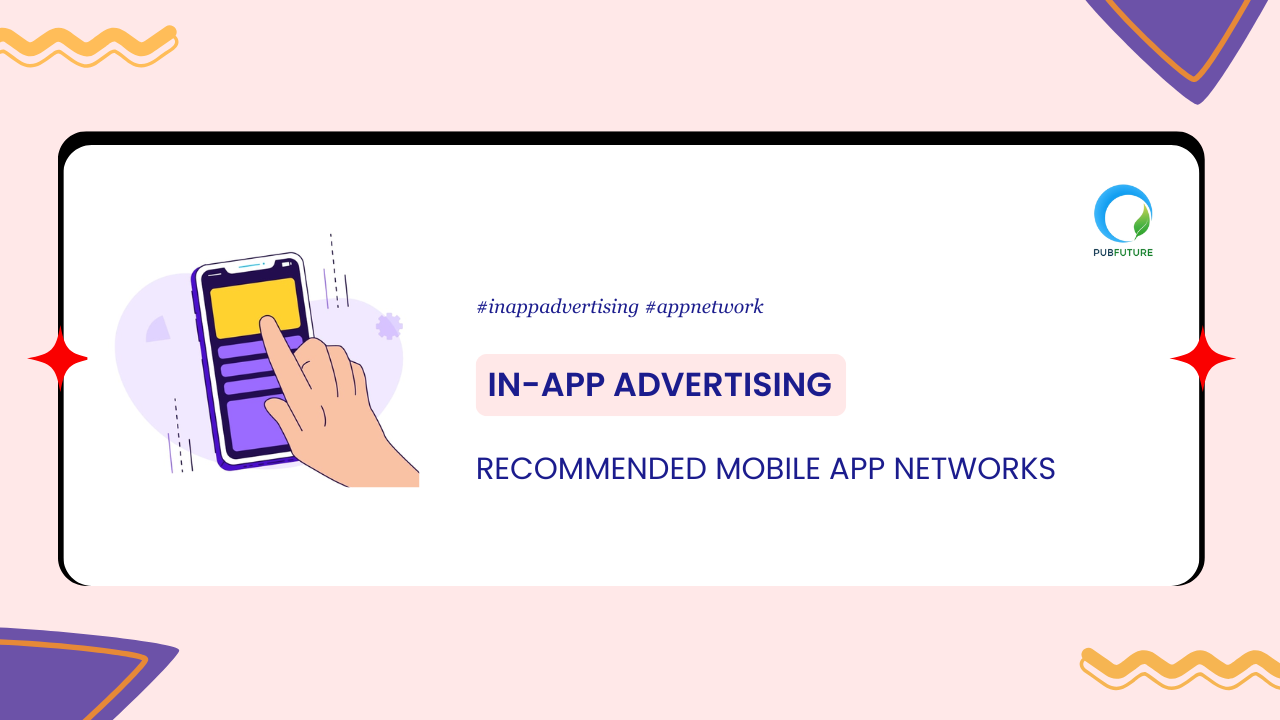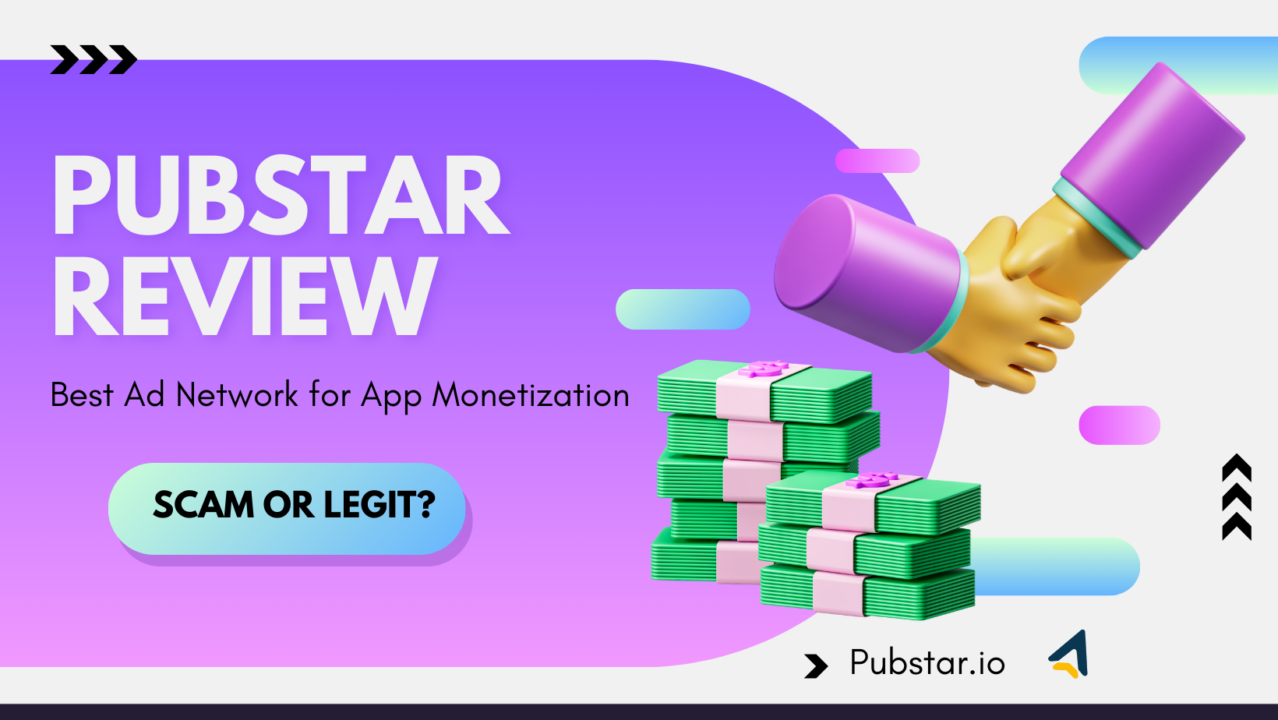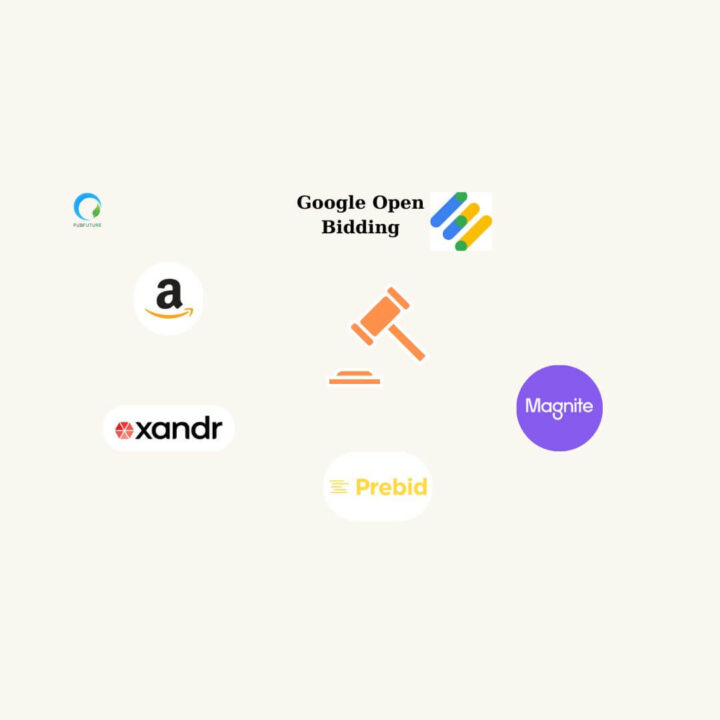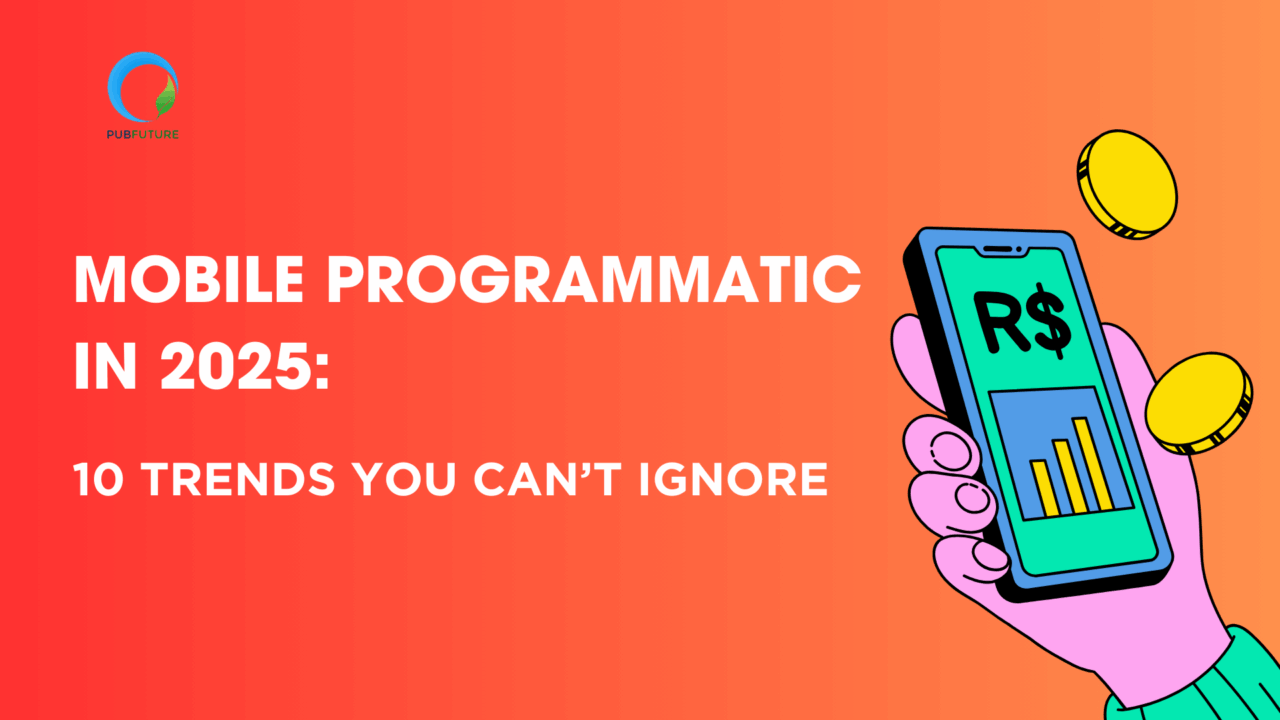Mobile advertising has evolved rapidly in the last decade, and publishers are constantly searching for smarter ways to maximize their ad revenue without compromising user experience. Traditional waterfall mediation once dominated the space, but its inefficiencies—such as latency, manual prioritization, and limited competition—pushed the industry to adopt a more advanced solution: in-app bidding.
In-app bidding is now seen as the future of app monetization because it allows multiple demand sources to compete for impressions in real-time, ensuring publishers get the highest possible CPMs. As mobile gaming, lifestyle, and entertainment apps grow, this approach is quickly becoming the industry standard.
1. What is In-App Bidding?
In-App Bidding Explained for App Developers
At its core, in-app bidding is a programmatic advertising method that allows advertisers to bid simultaneously for each impression inside an app. Instead of relying on a fixed priority list like the waterfall, all demand partners—SSPs, DSPs, ad networks—compete in a unified, real-time auction.
For developers, this means less manual optimization and more automation. By integrating with a mediation platform that supports in-app bidding, developers can unlock better competition, improved fill rates, and ultimately higher revenues.

Difference Between In-App Bidding and Waterfall Mediation
The waterfall model involves ranking ad networks in order of expected CPMs. Each request is sent sequentially until an ad is served, which often leads to lost revenue opportunities and increased latency.
In-app bidding, on the other hand, calls all demand sources at once. This ensures the true highest bidder wins, reducing wasted impressions and creating a more efficient marketplace.
2. How In-App Bidding Works (Step-by-Step Process)
Key Players: SSPs, DSPs, and Mediation Platforms
- Supply-Side Platforms (SSPs): Connect publishers’ inventory to ad exchanges.
- Demand-Side Platforms (DSPs): Allow advertisers to bid on impressions in real-time.
- Mediation Platforms: Act as the central hub, managing integrations and running auctions across multiple demand partners.
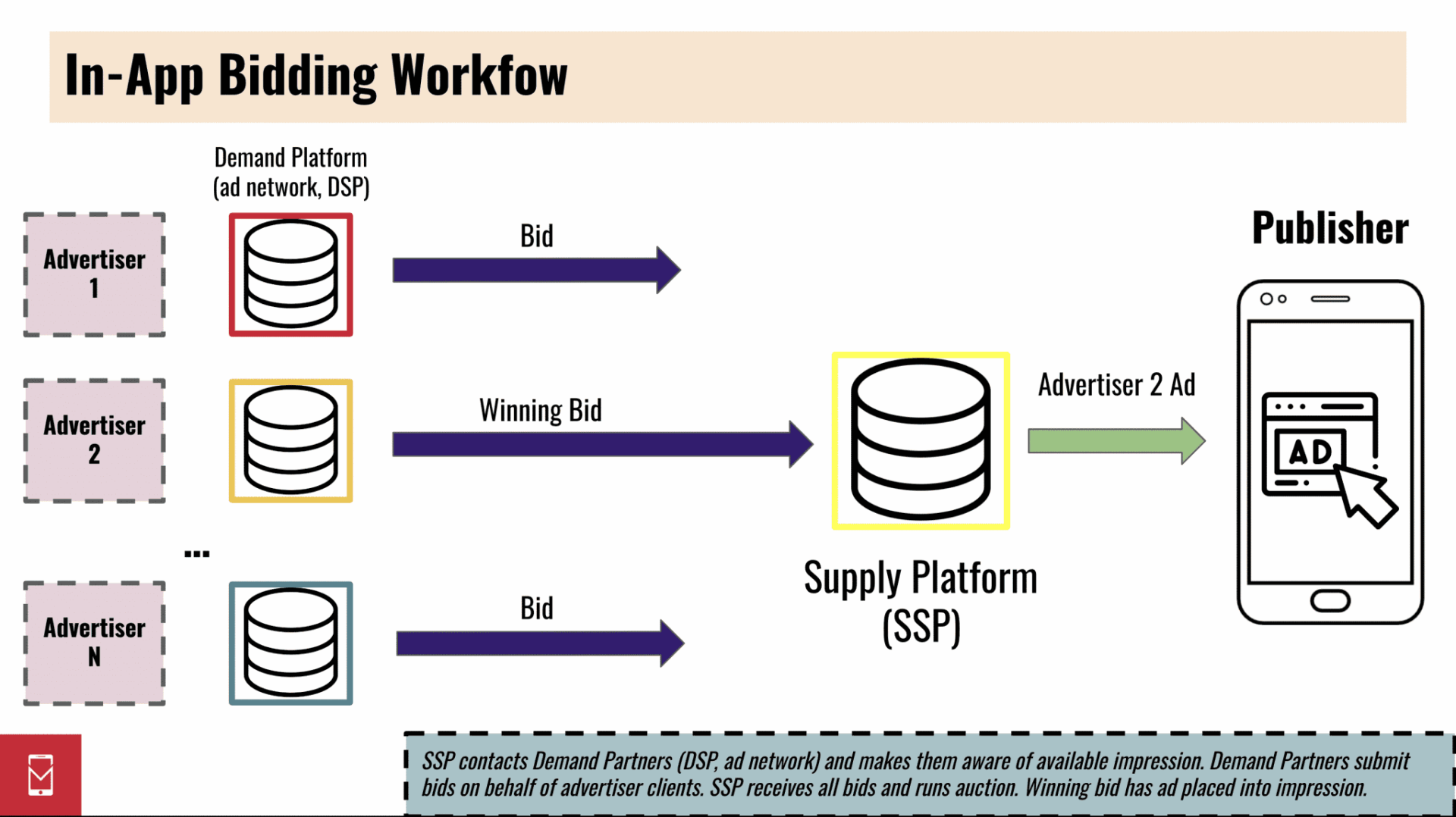
Real-Time Auction Mechanism in Mobile Apps
When a user opens an app, an ad request is triggered. The mediation platform sends this request to integrated demand partners, who instantly submit bids. The highest bid is selected, the ad is served, and reporting data (CPM, fill rate, impressions) is logged for analysis—all within milliseconds.
3. In-App Bidding vs Waterfall Mediation: Which is Better for Publishers?
Side-by-Side Comparison of Revenue and Latency
| Factor | Waterfall Mediation | In-App Bidding |
|---|---|---|
| Revenue Optimization | Limited, sequential | Maximum, real-time |
| Latency | Higher | Lower |
| Transparency | Partial | Higher |
| Manual Effort | High | Low |
Why Waterfall is Becoming Obsolete
As competition intensifies in mobile advertising, the waterfall model can no longer keep up with real-time market dynamics. Its inefficiency means publishers leave money on the table, while in-app bidding delivers transparency, efficiency, and higher yields.
4. Benefits of In-App Bidding for Publishers and App Developers
Higher eCPMs and Increased Ad Revenue
With every demand partner competing fairly, publishers capture the true market value of their impressions, often resulting in higher eCPMs.
Reduced Latency and Improved User Experience
In-app bidding eliminates the delays caused by sequential requests, leading to faster ad loads and a smoother user experience.
Equal Access for Advertisers and Fair Auctions
Advertisers of all sizes get an equal opportunity to compete, improving demand diversity and ensuring publishers aren’t overly reliant on a single ad network.
5. Challenges and Limitations of In-App Bidding
SDK Integration and Technical Hurdles
Integrating multiple SDKs into an app can increase file size and complexity. Developers must carefully manage SDK bloat to maintain performance.
Transparency Issues and Reporting Gaps
Not all mediation platforms provide full transparency into auction dynamics, leaving some publishers questioning how demand sources are prioritized.
6. How to Implement In-App Bidding Successfully
Choosing the Right Mediation Platform (AdMob, MAX, IronSource)
Selecting the right mediation platform is critical. Popular choices include:
- Google AdMob – strong demand access, easy integration.
- AppLovin MAX – widely used in gaming, strong optimization tools.
- IronSource – gaming-first approach with extensive demand partnerships.
Best Practices for SDK Integration and Setup
- Minimize SDK bloat by integrating only essential partners.
- Configure proper timeout settings to prevent latency issues.
- Regularly update SDKs to ensure compatibility and performance.
7. Best Practices to Maximize App Monetization with In-App Bidding
Optimizing Floor Prices and Timeouts
Set price floors strategically to prevent undervalued impressions while avoiding overly aggressive floors that reduce fill rates.
Tracking KPIs: eCPM, Fill Rate, ARPDAU
Monitor key metrics like effective CPM (eCPM), fill rate, and Average Revenue Per Daily Active User (ARPDAU) to measure real performance.
Continuous A/B Testing for Higher Yield
Experiment with different partners, floor prices, and auction settings to identify the optimal mix for long-term growth.
8. The Future of In-App Bidding in 2025 and Beyond
Rise of Hybrid Bidding Models
Many publishers adopt a hybrid model that combines in-app bidding with waterfall as a fallback, providing flexibility and redundancy.
Impact on Gaming Apps and Connected TV
In gaming apps, in-app bidding ensures seamless monetization without interrupting gameplay. For Connected TV (CTV), the same principles are extending to larger screens, opening new revenue streams.
Conclusion: Why Publishers Should Adopt In-App Bidding Now
The shift from waterfall mediation to in-app bidding is not just a trend—it’s a necessity for publishers who want to stay competitive in mobile app monetization. By delivering higher eCPMs, reducing latency, and ensuring fairness, in-app bidding has proven to be a more efficient and profitable solution.
For app developers and publishers, the question is no longer if they should adopt in-app bidding, but when. The earlier you integrate, the faster you can benefit from increased revenue, better user experience, and a future-proof monetization strategy.
But you don’t have to accept it. By understanding the impact of ad fraud on publishers, using smart tools, and partnering with trustworthy platforms, you can fight back—and win.
Ready to protect your revenue and boost real engagement?
👉 Sign up for PubFuture today and get access to fraud-free, high-paying ad demand.
Stay in control. Stay profitable.





